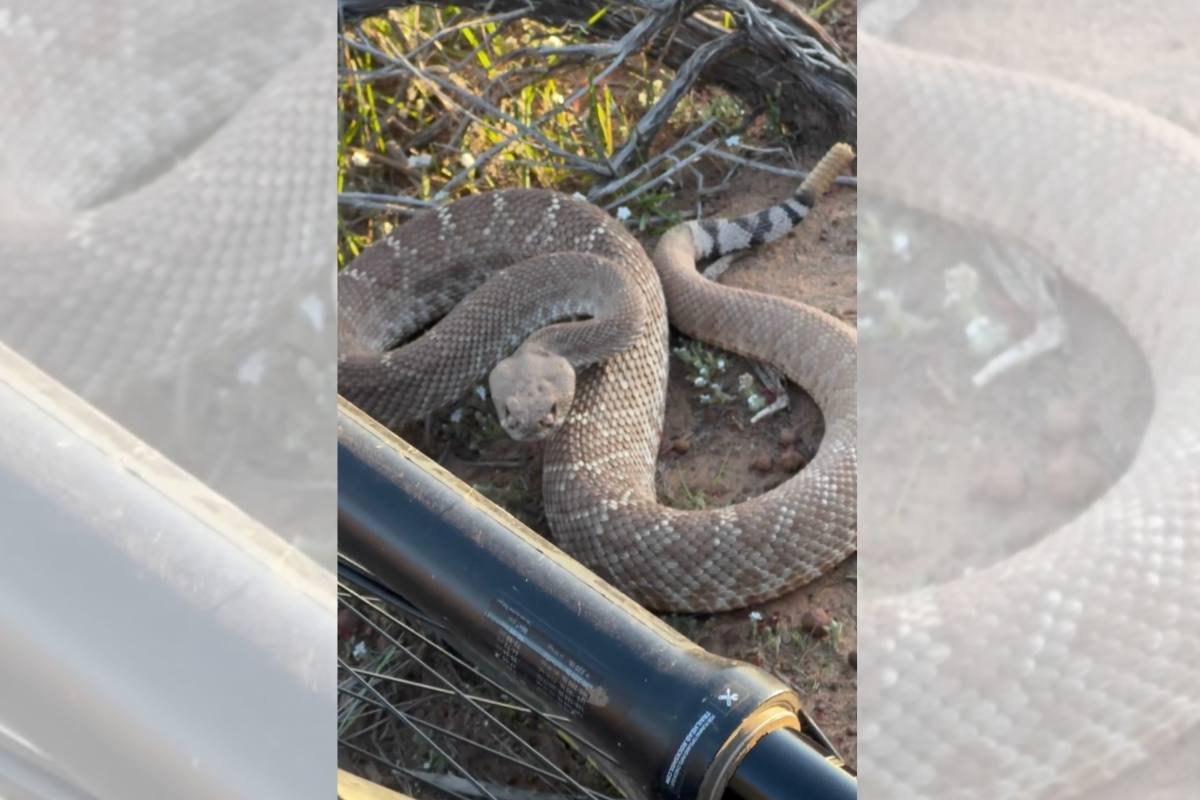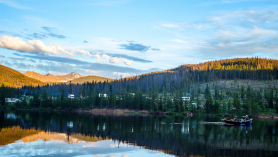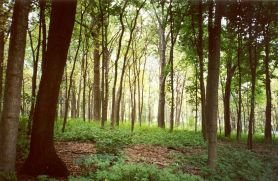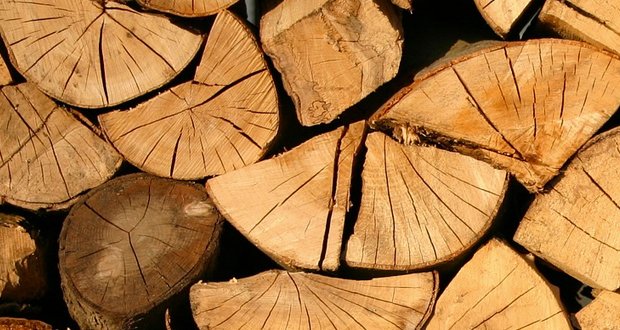

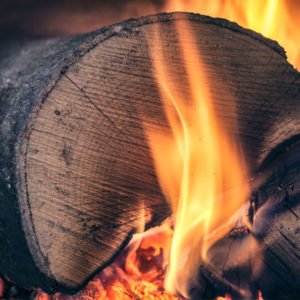
Our name says it all! We believe the perfect campfire is at the center of a great time outdoors. That’s why it’s so disappointing if you get bad firewood you can’t light no matter what you do, or the stuff that just smolders and smokes and barely burns. We want your every campfire to be one to remember. So here are some things you need to know.
Where You Get Your Firewood Matters
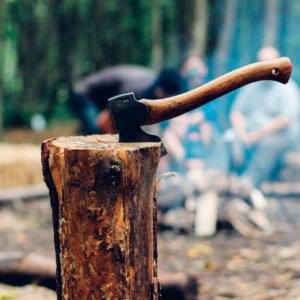
In most places today, you’re going to need to get your firewood AT THE LOCATION where you’re camping. In fact, in most states and counties it’s illegal to transport firewood more than a few miles from where it’s harvested unless it’s kiln dried, inspected and certified.
Why? Because firewood can carry diseases and insects that kill more trees. Lots of trees! Entire forests of trees! If you’re hauling infected or infested wood – even just a few pieces – you can unintentionally be moving problems into areas where they don’t exist. That’s a bad, bad thing! You’d feel as bad about destroying a forest by introducing a new pest as you would by burning it down with an improperly doused campfire.
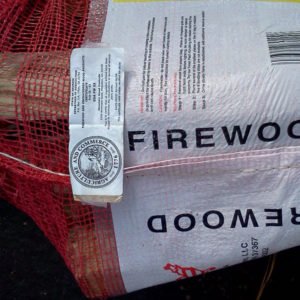
So when you go camping, plan on stopping either at a roadside stand near your destination or at the campground office to purchase your firewood for that specific location. The bundles you’ll find will be either wrapped in plastic or mesh and should carry a certification tag or at least a production label.
When you enter a public campground, they will ask if you have firewood with you. They may even inspect your vehicle to see whether you do or not. If you do, it will need to be in the original bundle wrapper and have the tag attached. They will check the tag against their list of approved vendors before you can bring it in. Be aware that at some parks, their approved list only includes vendors within a few miles, so don’t plan on transporting firewood log distances even when it’s certified.
Using Your Senses To Choose Firewood
Alright – that’s the paperwork part. But how do you know if you’re getting good firewood? The key is to use your senses – ALL YOUR SENSES – Well, okay, we’re not going to ask you to taste your firewood … but all the rest definitely apply.
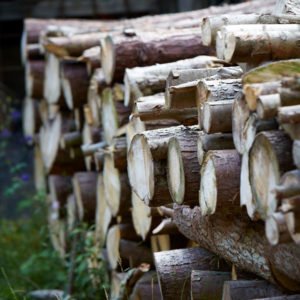
Look at the wood. First, simply, use your eyes – does it look aged? Check the ends in particular. Are they cracked? That’s called checking, by the way … it’s a good sign, but doesn’t tell you everything you need to know.
Are they, brown, or almost white? Stay away from firewood that looks freshly cut and split. If the ends of the pieces all look the color of a 2×4 you see at the home store … look for different wood. Again, good signs but you still need to know more.
Smell the wood. Up close, it’s still going to smell like the species of tree from which it was cut, but the smell shouldn’t be overpoweringly strong. Seasoning firewood removes the moisture and with the moisture goes the odor.
When it’s fresh cut, wood may have as much as 80 percent moisture. It’s only ready to burn after seasoning or kiln drying brings the moisture content down to 20 percent. On many species of hardwood, that takes a long time.
Listen to the wood. Take a couple of pieces of the firewood and smack them together with your hands. The sound they make should be more of a “crack” or “ring” – sort of like the sound of a wooden bat hitting a baseball. That sound tells you the wood is properly dried to burn. If you get a dull “thud” when you hit the pieces together, go look for wood elsewhere. That dull sound means there’s way too much moisture to burn well.
Finally feel the wood. Like Goldilocks and the three bears, you’re looking for chunks of firewood that feel “just right” – not too heavy, not too light – JUST RIGHT.
If you pick up a chunk of wood and it feels heavy for its size that means there’s still a lot of water in it and it’s not going to burn well – if at all. If it feels really light for its size, it will certainly burn, but it won’t last for very long and you’ll get no coals from it for cooking or toasting marshmallows.
“Just right” is going to light fairly easily, burn for a long time, and after awhile give you a great bed of coals for controlled heat. Now that’s GOOD firewood!
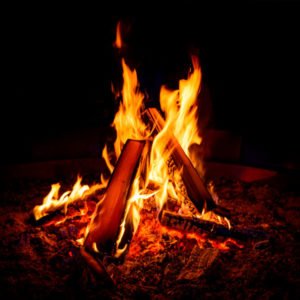
Does Species Matter?
Yes, it does. In general season hardwoods are going to burn longer and produce a better bed of coals than softwoods like pine. That said, premium seasoned hardwood like oak and hickory are going to cost more than more common hardwoods like maple. And remember, all maple is not the same. There’s hard maple (which are the tree species that produce maple sap for syrup), and soft maple which is more of a weed tree. For firewood, hard maple season’s better and keeps longer.
Buying firewood at the campground office or from a stack at a nearby gas station isn’t likely to leave you with a lot of choices of species. However, when you do have a choice, opt for the premium hardwoods especially if you plan to do any cooking over your campfire. Campfire cooking is all about lots of long-lasting coals and not cooking over the flame.
F.A.Q.
Why do they split firewood?
Obviously, wood does not have to be split to burn. If it did, there would never be a forest fire. However, there are a number of reasons to split firewood. The most important is to increase the surface area exposed to the air. This makes for faster and more thorough seasoning. When it comes to burning, the greater surface area is exposed to heat and flame, so it lights faster. Finally, many chunks of wood would be just too large to handle conveniently if left unsplit. Splitting cuts it down to size … literally.
How dry should firewood be?
When a tree is alive or “green” it can contain as much as 80% water in its system. That’s even more than the squishy insides of a human being. As adults we’re comprised of about 60 percent water. The seasoning process which exposes wood to air and heat over time reduces the moisture substantially. Firewood is considered seasoned, or ready to burn, when it hits 20 percent moisture content. If you really want to be sure, you can pick up a moisture meter online really inexpensively.
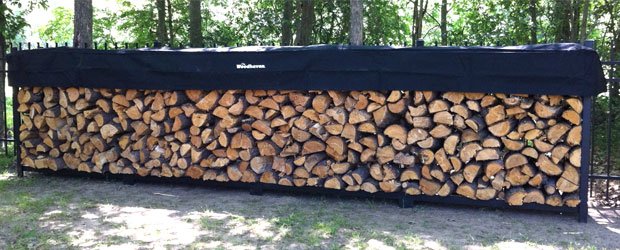
What is a “cord” of firewood?
For camping, you’ll most likely be buying firewood locally by the bundle. However, if you’re stocking up for your campfires at home or the cabin, you may look for firewood by the cord. A cord is simply a measure of firewood. A standard cord is tightly stacked wood in which each piece is four feet long and the measurement of the stack is eight feet long x four feet high. Combined, this comes to a measure of 128 cubic feet. Remember, how carefully and tightly the wood is stacked will create significant variance in how much wood and how much air you’re paying for in a cord.
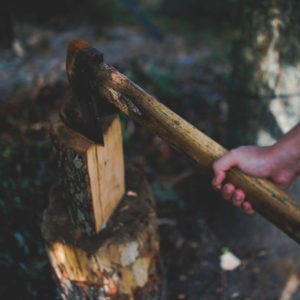
What is a “face cord” of firewood?
The term face cord can be applied to any pile of wood stacked to a measurement of eight feet wide by four feet high, or an area of 32 square feet. If cut to a 16-inch length (which is the standard for firewood), this produces 42.66 cubic feet which is one third of a full cord.
What is a “load” of firewood?
When you go to Craig’s List or see another listing of firewood for sale, you’ll often see it priced by the load. A standard 8-foot pickup truck bed, stacked tightly, level with the top of the box … and accommodating for the wheel wells … will give you about 62 or so cubic feet of firewood. That’s pretty close to half a full cord.
Should I cover my firewood?
If you’ve spent the money on well-seasoned firewood, you should absolutely keep it covered either short term or long term. At the campsite, just set it under your tent fly or well back underneath your camper trailer. For long term storage at home, covering it with a tarp works well, just be sure to weight or tie down the tarp securely. If you’re really going be serious about firewood for year round use, consider constructing a lean-to or even a wood shed. Optimal storage protects the wood from both precipitation and ground moisture while still allowing for ample air movement around the wood.

